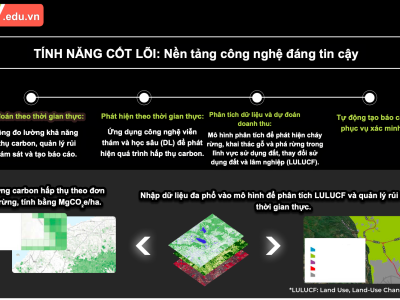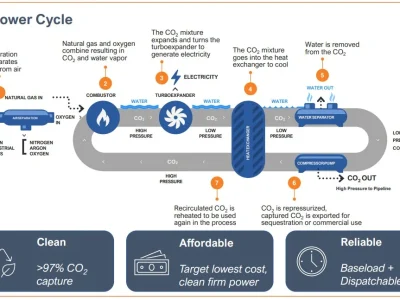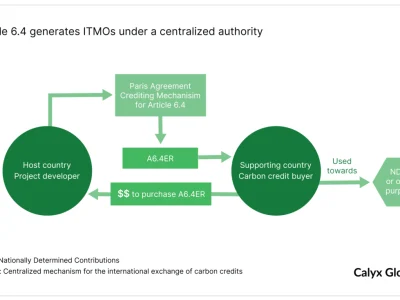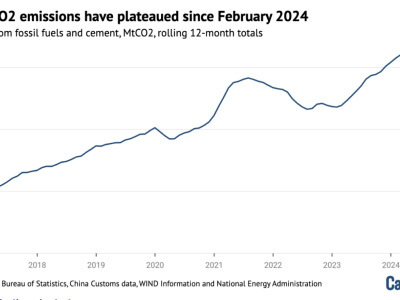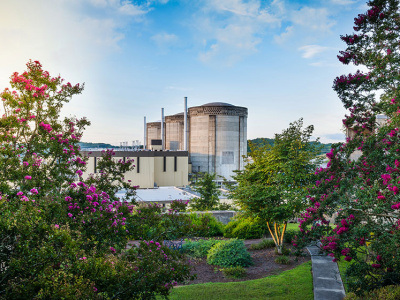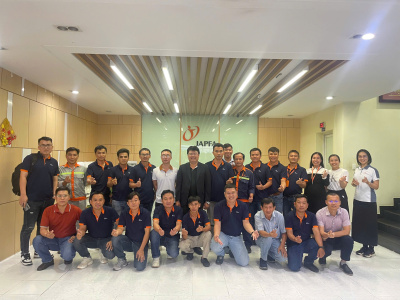 Chuong trinh dao tao
Chuong trinh dao tao
Reimagining Clean Cooking in Southeast Asia: The Role of Small-Scale Crop Residue Gasifiers
Cooking is deeply embedded in the cultural and social fabric of Southeast Asia. Traditional cooking practices—often centered around solid fuels—connect generations and shape identity through taste, method, and ritual. However, the widespread use of wood, charcoal, and other biomass fuels comes at a devastating cost to human health and the environment.

Despite growing awareness, nearly 40% of the global population (3.1 billion people) still rely on traditional solid fuels for cooking. This leads to an estimated 4.3 million deaths annually, primarily due to the inhalation of toxic emissions from inefficient stoves (WHO, 2018a). In fact, household air pollution (HAP) now ranks among the most significant environmental health risks globally, accounting for more premature deaths than malaria, tuberculosis, and HIV/AIDS combined (WHO, 2012).
The combustion of biomass in conventional stoves releases dangerous levels of particulate matter (PM), nitrogen oxides (NOx), and carbon monoxide (CO). High-temperature combustion results in NOx, which contributes to smog formation and respiratory issues, while incomplete combustion produces CO, a silent and odorless toxin linked to sudden deaths and chronic illness. PM2.5—the ultrafine particles that penetrate deep into the lungs—have been officially classified by the International Agency for Research on Cancer (IARC) as carcinogenic to humans. Women and children, especially in rural areas, suffer the most, with rural cooks spending on average 2.5 times more hours over smoky stoves than urban counterparts (Jiang & Bell, 2008).
Non-communicable diseases (NCDs) such as heart attacks, strokes, lung cancer, and chronic respiratory conditions now account for 3.8 million of the 4.3 million annual HAP-related deaths (WHO, 2016). These illnesses place a heavy financial and emotional burden on poor families, exacerbating inequality and reducing life expectancy in already vulnerable populations.
Given this pressing challenge, small-scale crop residue gasifiers present a compelling, regionally appropriate solution. Unlike conventional stoves, gasifiers achieve higher combustion efficiency by partially gasifying biomass before combustion. This significantly reduces emissions of PM2.5, CO, and NOx. Moreover, crop residues—such as rice husks, corn cobs, or peanut shells—are abundant agricultural by-products across Southeast Asia, making gasifiers not only environmentally beneficial but also economically viable.
Adoption of these systems offers multiple co-benefits:
- Improved public health through reduced exposure to harmful air pollutants.
- Reduced pressure on forests, as crop residues replace wood fuel.
- Lower greenhouse gas emissions, contributing to climate mitigation.
- Energy security and affordability for low-income rural households.
Yet challenges remain. Cultural resistance, lack of awareness, and limited market access hinder widespread adoption. To address this, governments, NGOs, and private sector actors must coordinate efforts to:
- Promote education and awareness on the health risks of traditional stoves.
- Subsidize clean cooking technologies to reach low-income households.
- Support local manufacturing and innovation to drive cost reduction and scale.
In conclusion, if Southeast Asia is to make meaningful progress toward clean and inclusive energy transitions, small-scale crop residue gasifiers must become a central pillar of cooking sector reform. By leveraging locally available resources and respecting cultural norms, they offer a scalable, health-protective, and environmentally responsible alternative to one of the most dangerous practices still prevalent in the region today.
Author: Asean Farmers Experts


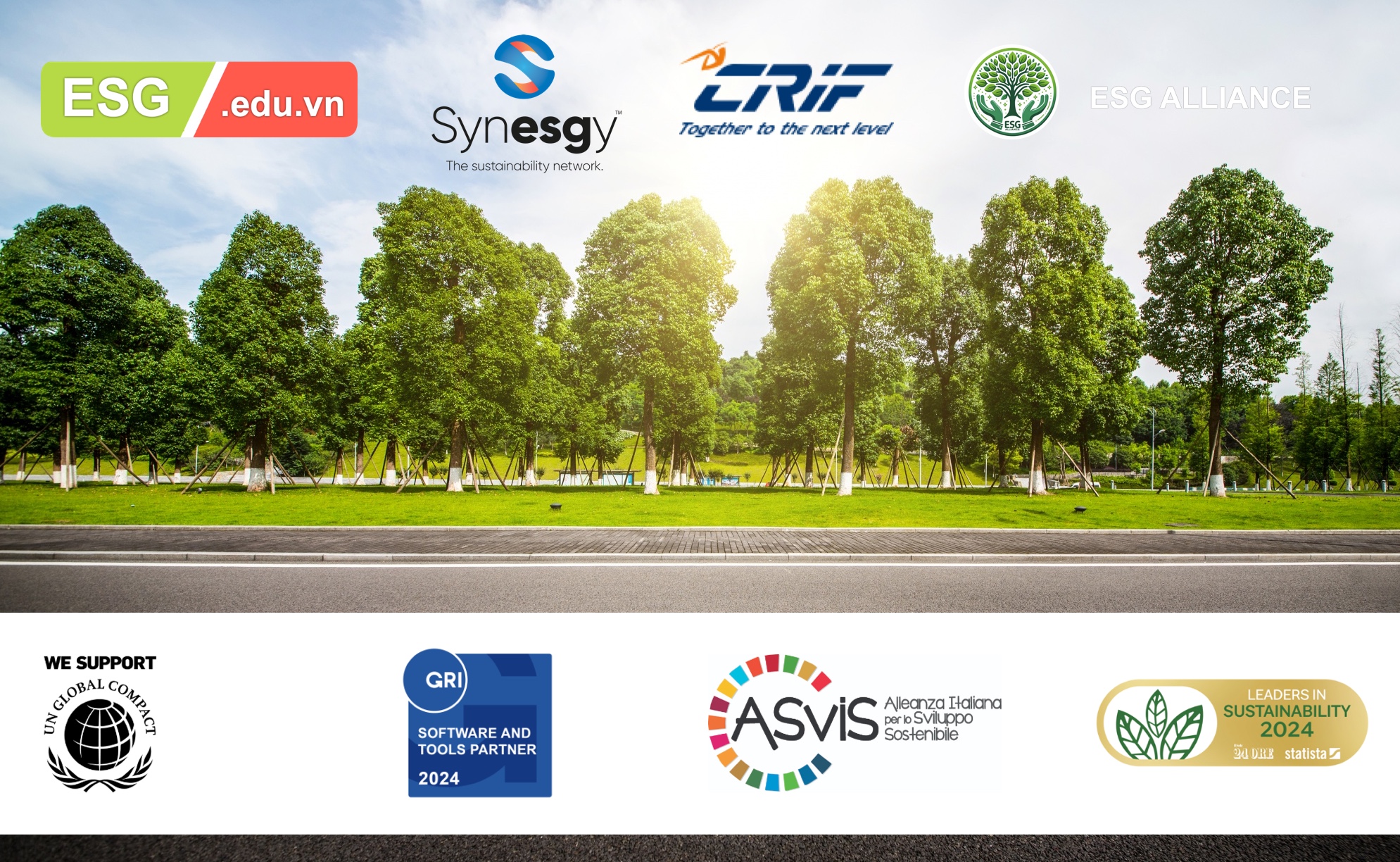











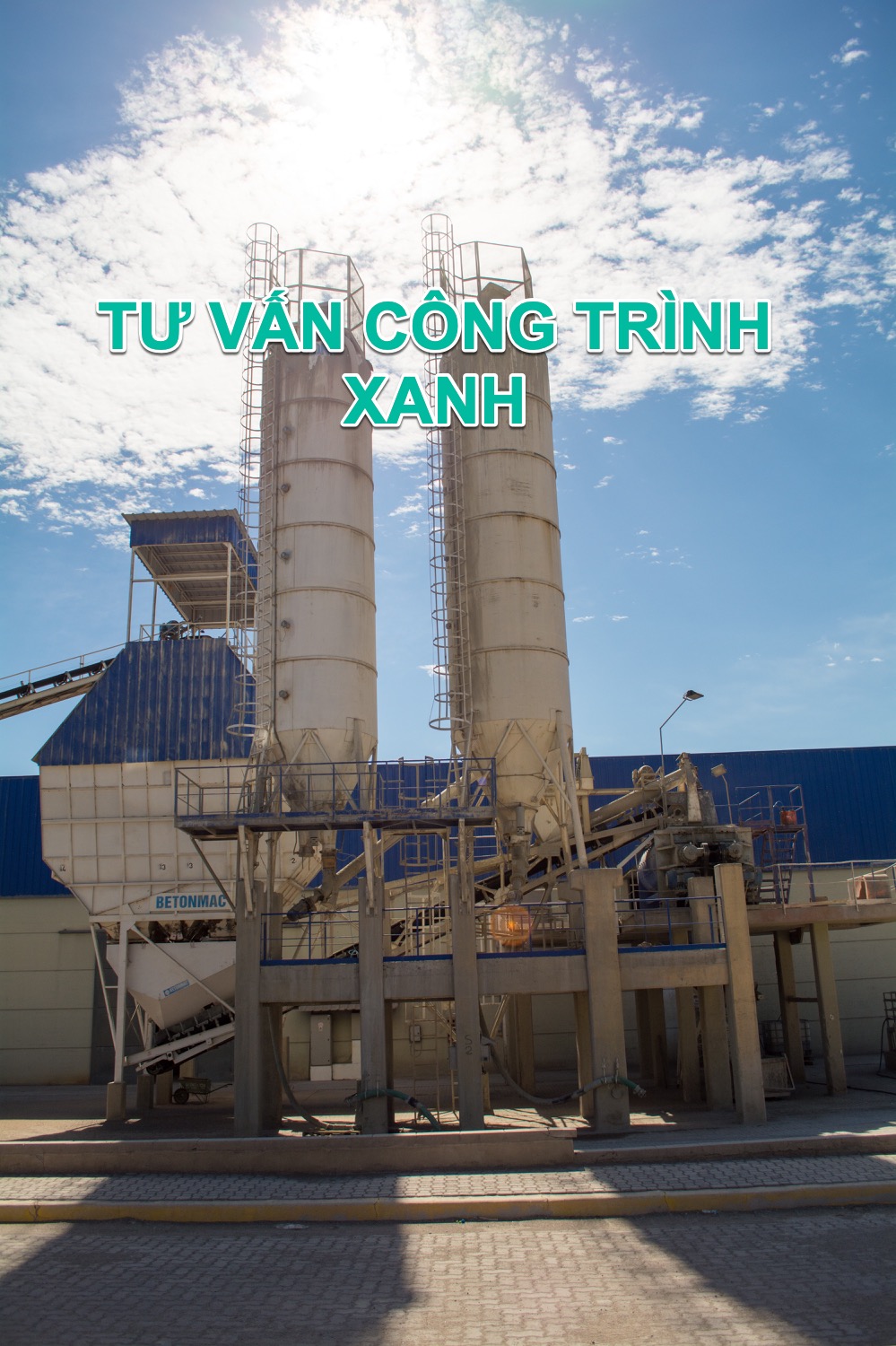

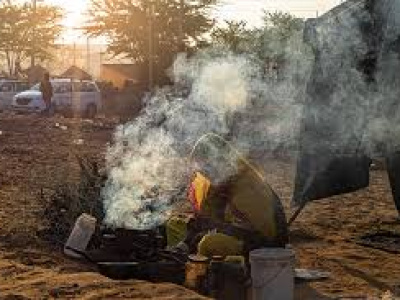
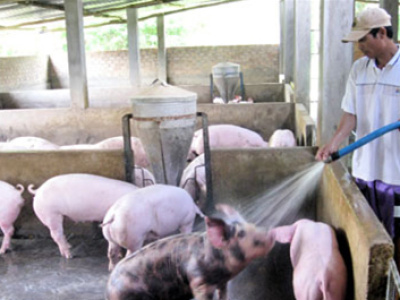
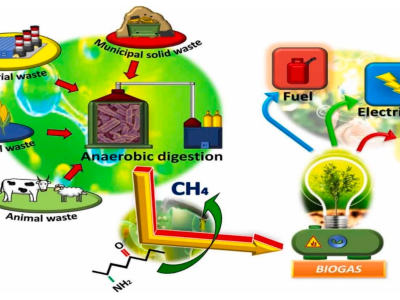
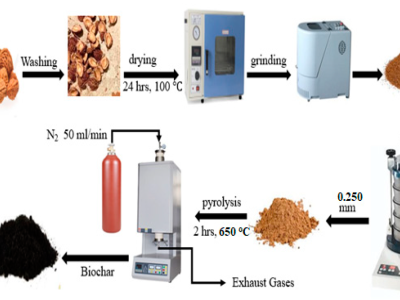
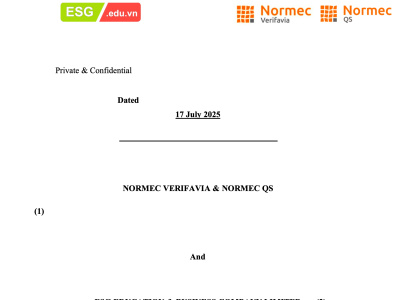
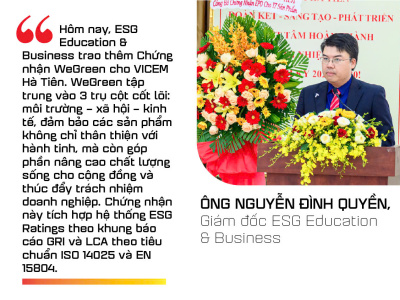
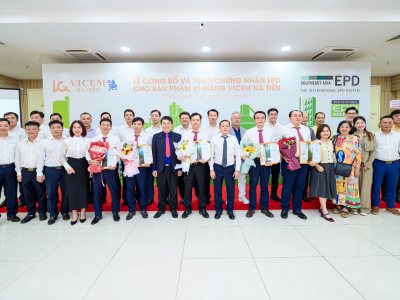
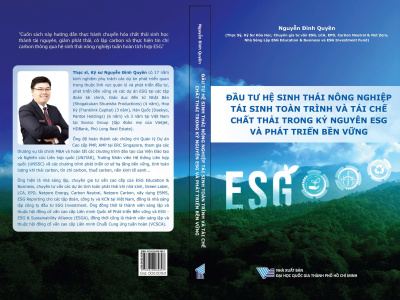


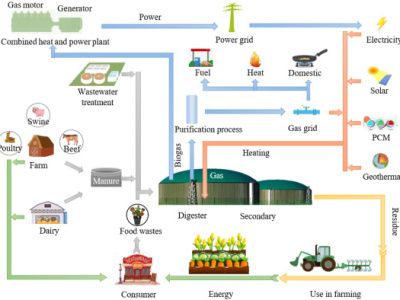
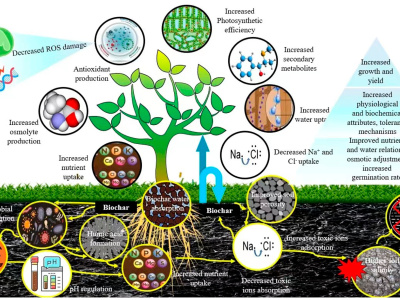
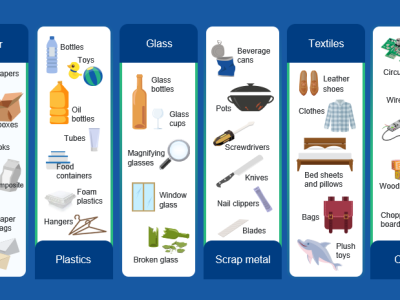
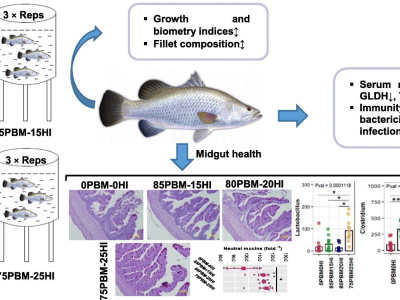

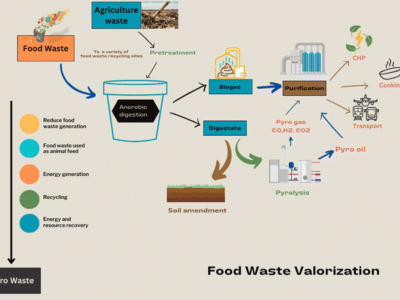

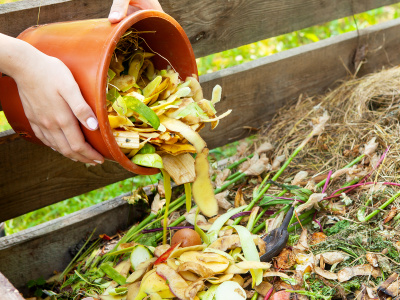

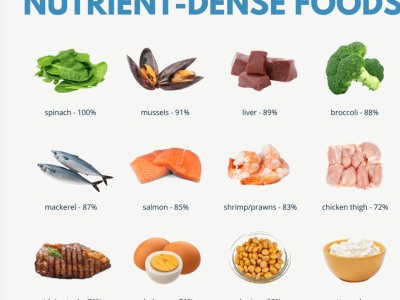
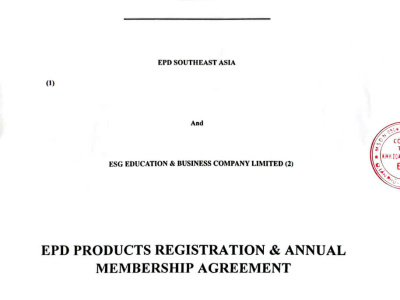
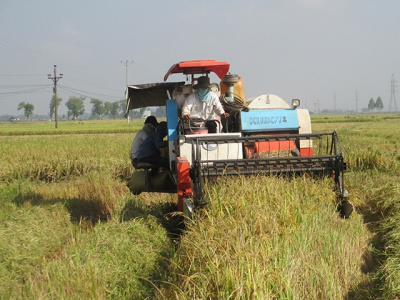
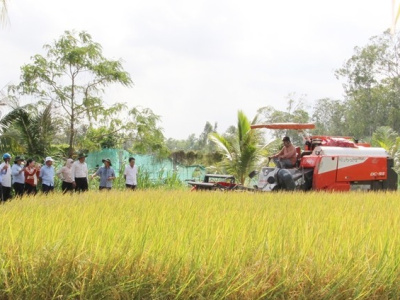
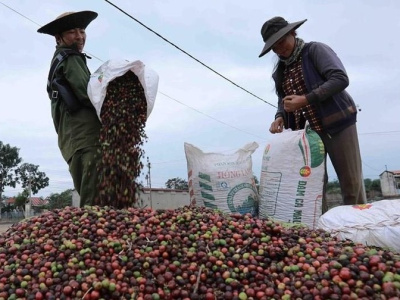
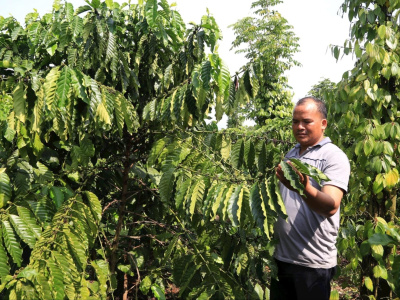
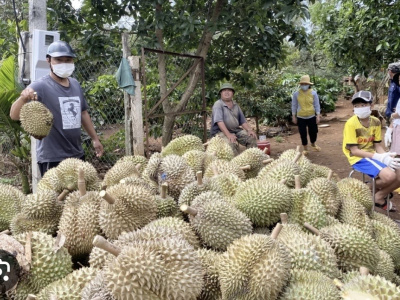
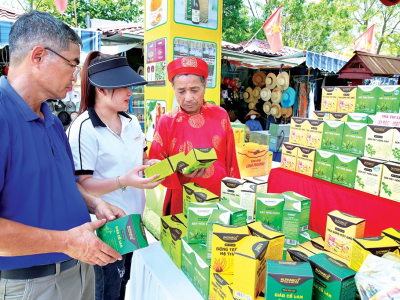
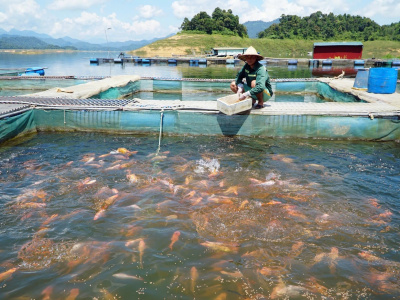
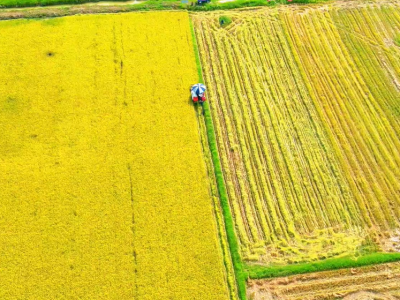
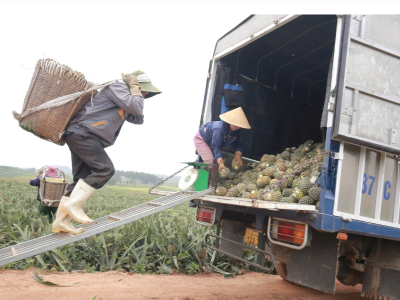
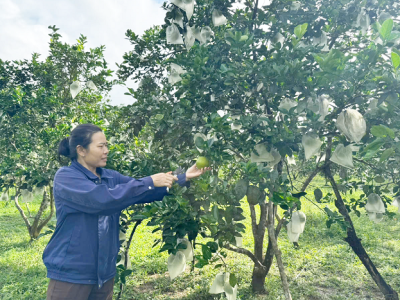
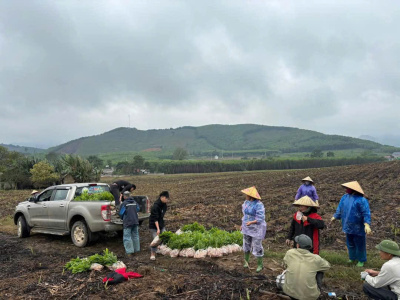
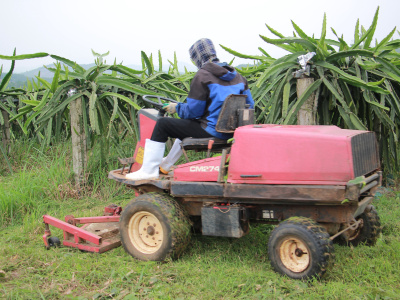
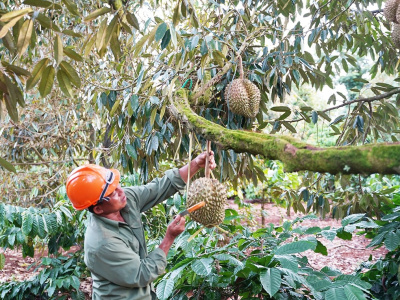

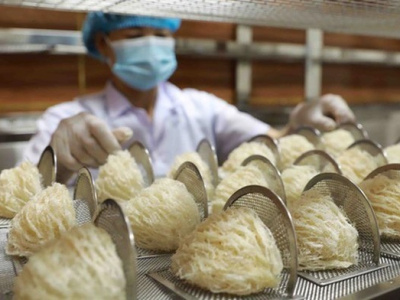

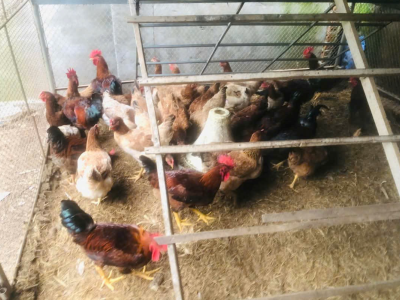
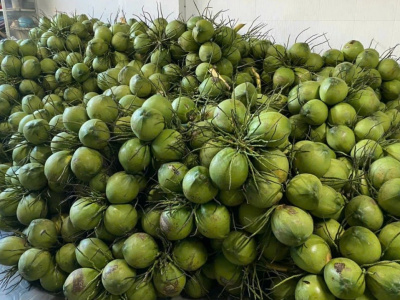
![NGUYỄN ĐÌNH QUYỀN [VN]](https://aseanfarmers.com/wp-content/uploads/NGUYEN-DINH-QUYEN-VN-400x300.png)
